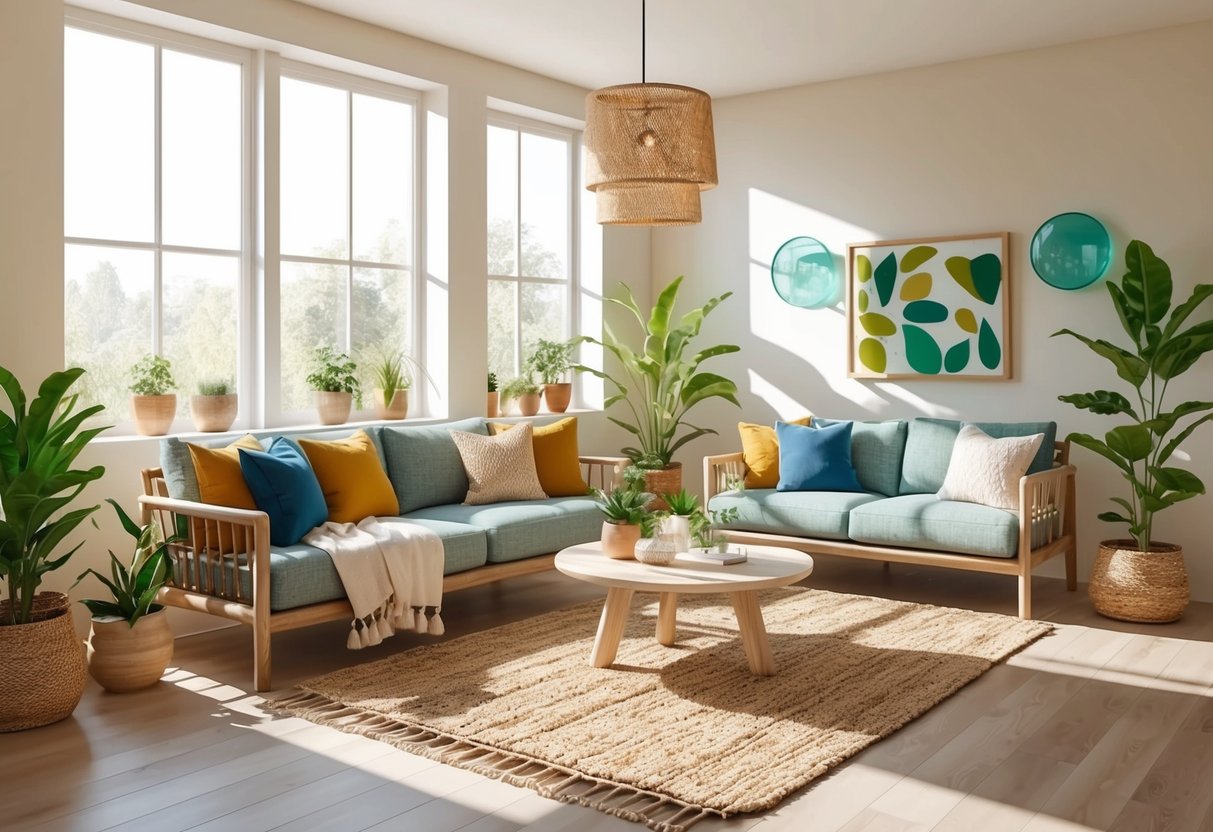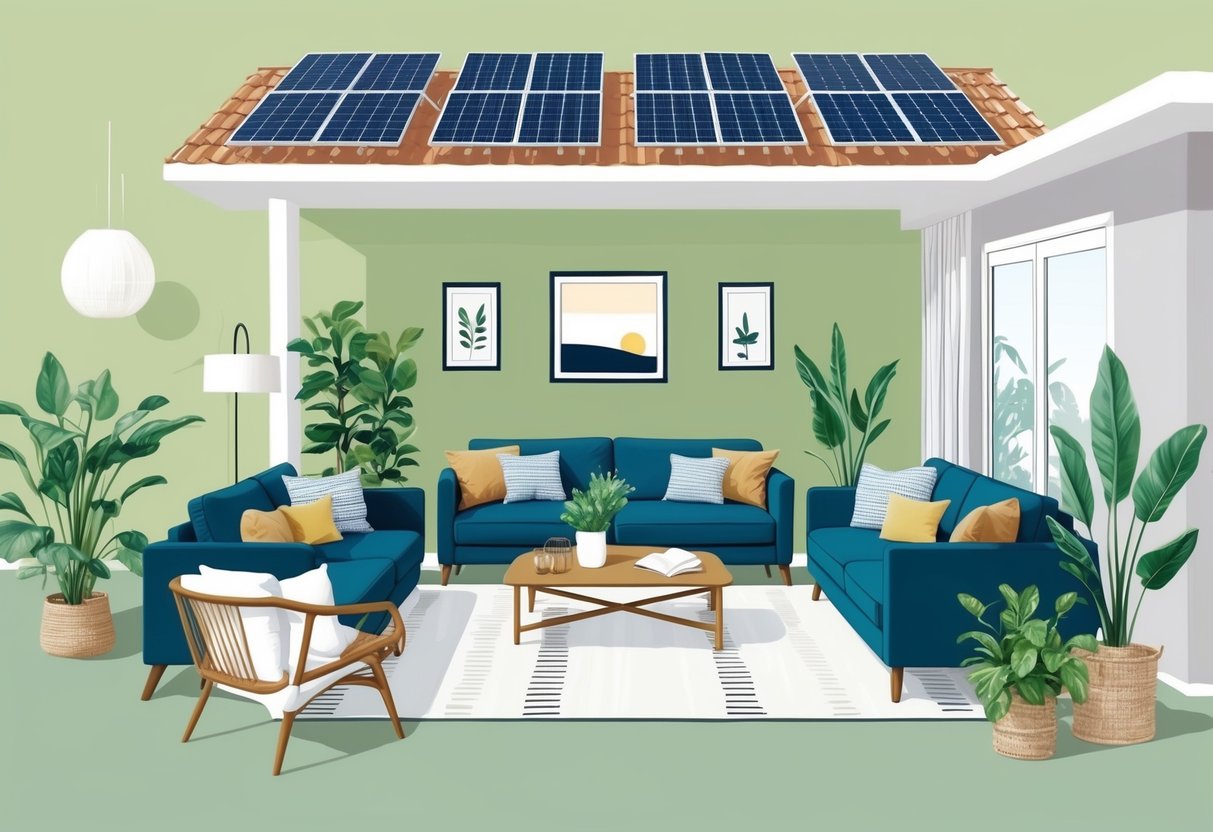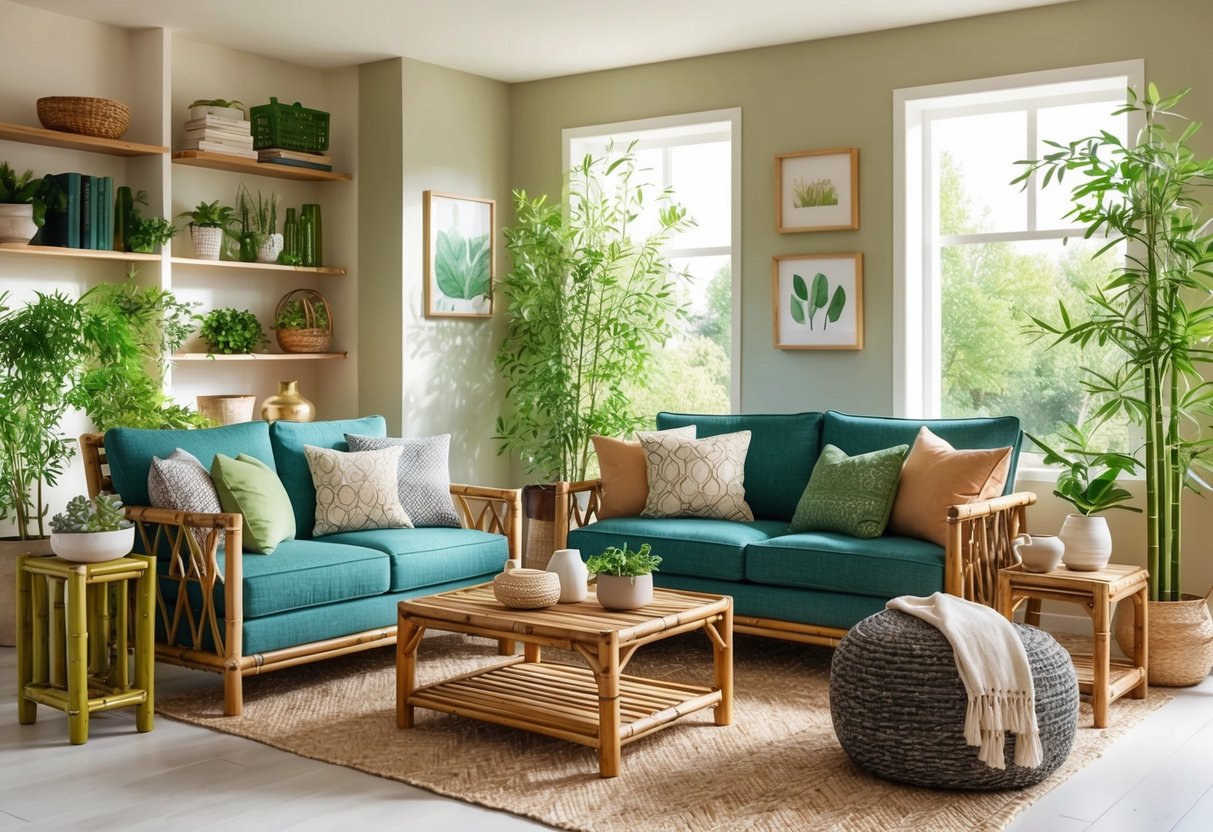
Reducing Carbon Footprint Through Conscious Design

Reducing a home’s carbon footprint requires carefully choosing materials and technologies that create less waste, use fewer resources, and operate efficiently. Using eco-friendly building materials and smart energy solutions helps minimize greenhouse gas emissions and promotes a healthier, more sustainable living environment.
Eco-Friendly Building Materials
Sustainable building materials are crucial for lowering a home’s carbon footprint. Reclaimed wood, bamboo, cork, and recycled glass are popular choices that reduce demand for new raw resources and promote a reduced environmental footprint.
These materials are durable, non-toxic, and often require less energy to manufacture compared to conventional materials. Homeowners increasingly look for certifications such as FSC (Forest Stewardship Council) and Greenguard to ensure the products they use are sourced responsibly.
Low-VOC paints and finishes limit off-gassing, improving indoor air quality. Insulating with natural fibers like wool or cellulose can also boost energy efficiency.
Opting for local or regionally sourced materials can cut transportation emissions significantly. This not only keeps embedded carbon lower but also supports local economies.
More about choosing the right sustainable materials is discussed in this guide to sustainable interior design.
Incorporating Solar Panels Into Interiors
Implementing solar panels is an effective way to generate clean electricity at home. Integrating photovoltaic systems into roofs, walls, or even as part of skylights and window shades allows homeowners to harness renewable energy while maintaining aesthetic appeal.
Solar panels can power heating, cooling, and lighting systems, reducing reliance on fossil fuels. Some designs allow excess energy to be stored in batteries for later use, increasing energy independence.
Solar-powered appliances and smart lighting solutions can be incorporated to maximize the benefits. Modern home decor often utilizes solar-integrated decorative elements, such as solar-powered lights in living spaces and solar water heating systems.
Maintenance is generally minimal, but routine checks help maximize lifespan and efficiency. See details on energy-efficient decor strategies in this sustainable home decor guide.
Minimizing Greenhouse Gas Emissions
Careful selection of materials and home systems directly affects greenhouse gas emissions. Prioritizing energy-efficient appliances, LED lighting, and smart thermostats reduces electricity use.
Passive design techniques, such as large south-facing windows, natural ventilation, and thermal mass flooring, help maintain comfortable temperatures without extra energy input. Using eco-friendly insulation and air sealing prevents heat loss, which further decreases carbon emissions from heating and cooling systems.
Reusing and recycling materials throughout the design process diverts waste from landfills and cuts methane emissions. A focus on furniture made from recycled or upcycled content also supports a reduced environmental footprint.
Low-impact landscaping, such as native-plant gardens and permeable paving, contributes to carbon sequestration and stormwater management. For more tips on designing eco-conscious living spaces, visit these eco-friendly home decor ideas.
Frequently Asked Questions

Selecting sustainable home decor materials involves understanding product certifications, the types of natural and recycled materials available, and the real environmental impact of various options. Cost, durability, and eco-friendly alternatives to standard décor can influence purchasing decisions for those seeking to create a greener living space.
How can I identify eco-friendly materials for home decor?
Eco-friendly materials are often made from renewable resources, have low chemical emissions, and are produced with ethical labor practices. Look for products crafted from bamboo, reclaimed wood, recycled metal, or natural fibers such as organic cotton and wool.
Certifications like FSC, GOTS, and GREENGUARD help shoppers verify that the decor meets recognized sustainability standards.
What are some sustainable alternatives to traditional plastic decor?
Alternatives to plastic include decor items made from recycled glass, reclaimed wood, metal, bamboo, cork, and organic textiles. These materials are biodegradable or recyclable, decreasing landfill waste and reducing demand for virgin plastics.
Opting for decor such as woven baskets, wooden frames, or glass vases adds both style and eco-friendliness to interior spaces. More details about choosing alternatives are available in this introductory guide to interior material selection for sustainable living.
Can sustainable home decor materials be cost-effective in the long run?
Sustainable materials such as hardwood, recycled metal, and high-quality natural fibers tend to be durable and long-lasting, which may lower replacement and repair costs. Though initial investment can be higher, the reduction in maintenance expenses can provide long-term savings.
Durable and responsibly sourced products often maintain their appearance and usability for years, increasing their value.
What are the environmental benefits of using recycled materials in home decor?
Using recycled materials in home decor reduces demand for new raw resources and helps divert waste from landfills. Reclaimed wood, recycled glass, and repurposed metals minimize the carbon footprint associated with production and transportation.
These practices help conserve natural habitats and decrease overall environmental impact, contributing to a more sustainable living environment. Examples can be found in this guide to creating a greener living space with recycled materials.
How does the use of natural materials contribute to greener living spaces?
Natural materials such as wool, cotton, bamboo, and jute are renewable, biodegradable, and usually produced with fewer chemicals. They often improve indoor air quality by emitting fewer volatile organic compounds compared to synthetic options.
Materials like linen or cork also provide unique textures and visual warmth to interiors while supporting a more sustainable home design.
What certifications or labels should I look for to ensure decor materials are sustainable?
Key certifications include FSC (Forest Stewardship Council) for responsibly sourced wood.
GOTS (Global Organic Textile Standard) certifies organic fibers.
GREENGUARD indicates low-emission products.
Fair Trade certification ensures items are produced ethically.
These labels help consumers identify sustainable home decor options.
For more tips, see this ultimate guide to sustainable home decor.